Home>Garden Essentials>How To Seed St. Augustine Grass
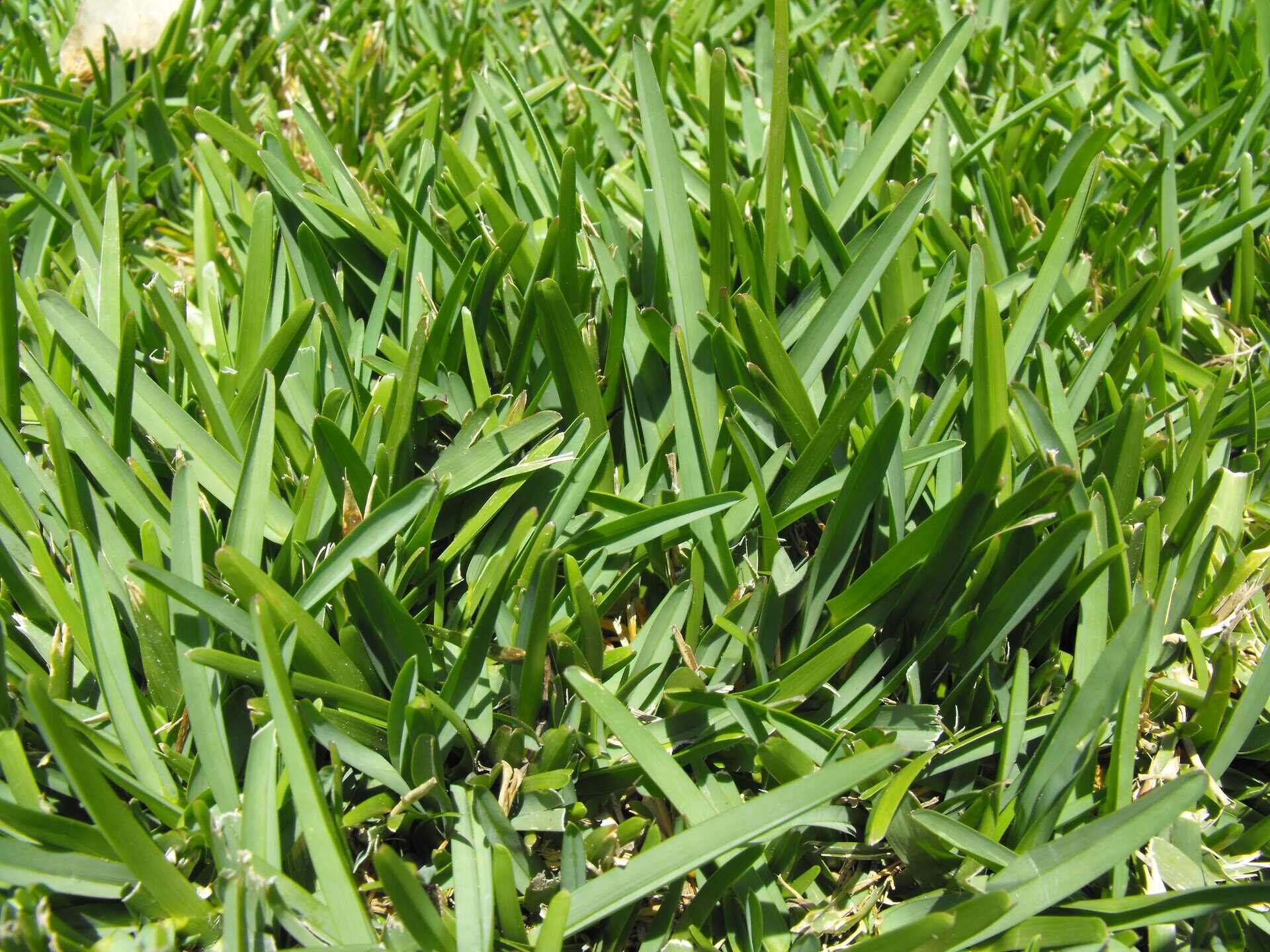

Garden Essentials
How To Seed St. Augustine Grass
Modified: September 2, 2024
Learn how to seed St. Augustine grass in your garden with our comprehensive step-by-step guide. Achieve a lush, vibrant lawn with our expert tips and techniques.
(Many of the links in this article redirect to a specific reviewed product. Your purchase of these products through affiliate links helps to generate commission for Storables.com, at no extra cost. Learn more)
Introduction
Welcome to the world of gardening, where the beauty of nature unfolds right in front of your eyes. If you have a passion for creating lush green landscapes, then you must be familiar with the importance of a healthy and vibrant lawn. One type of grass that can instantly transform your outdoor space is St. Augustine grass. Known for its thick, beautiful blades and vibrant green color, St. Augustine grass is a popular choice for many homeowners.
In this article, we will discuss the process of seeding St. Augustine grass and provide you with valuable tips and techniques to ensure successful growth. Whether you are starting from scratch or looking to renovate your existing lawn, seeding St. Augustine grass can be a rewarding and fulfilling experience.
Before we delve into the nitty-gritty details, let’s first understand the characteristics of St. Augustine grass. Native to the Gulf Coast region of the United States, St. Augustine grass is known for its ability to thrive in warm climates with high humidity. It is often the grass of choice for those living in southern states, such as Florida, Texas, and Louisiana.
One of the key advantages of St. Augustine grass is its ability to tolerate shade. Unlike other types of grass, it can grow well under tree canopies and in areas with partial sunlight. Additionally, St. Augustine grass has a good tolerance for salt, making it suitable for coastal regions.
Now that we have a basic understanding of St. Augustine grass, it’s time to dive into the process of seeding. Seeding St. Augustine grass involves several steps, from choosing the right time to prepare the soil and selecting high-quality seeds. Each step plays a crucial role in the success of your lawn, so pay close attention to the details.
So, roll up your sleeves and get ready to transform your outdoor space into a lush green oasis with the help of St. Augustine grass. Let’s get started!
Key Takeaways:
- Seeding St. Augustine grass requires proper timing, soil preparation, and high-quality seeds. Understanding the grass’s characteristics and following correct techniques are essential for successful growth.
- Maintaining a healthy St. Augustine lawn involves consistent care, including watering, mowing, fertilizing, and pest control. Troubleshooting common issues and adapting maintenance practices to local conditions are key for a vibrant lawn.
Read more: How To Fertilize St. Augustine Grass
Understanding St. Augustine Grass
Before you embark on the journey of seeding St. Augustine grass, it is important to have a good understanding of its characteristics and growth habits. This knowledge will help you make informed decisions and ensure the long-term health and vitality of your lawn.
St. Augustine grass, scientifically known as Stenotaphrum secundatum, is a warm-season grass that is well-suited to tropical and subtropical climates. It has medium to dark green blades with a coarse texture. These blades are broad and flat, giving the grass a lush and carpet-like appearance.
One of the standout features of St. Augustine grass is its ability to quickly spread and form a dense turf. It produces above-ground runners called stolons, which allow the grass to creep and cover bare areas. This rapid spreading capability makes St. Augustine grass an excellent choice for filling in bare patches and creating an even turf.
In addition to its spreading ability, St. Augustine grass is known for its shade tolerance. It can grow well in areas with moderate shade, making it a great option for landscapes with trees or buildings that cast shadows. However, it is important to note that St. Augustine grass still requires some sunlight to thrive, so make sure to choose areas with at least four hours of direct sunlight each day.
St. Augustine grass has a moderate to high maintenance requirement. It prefers regular watering and fertilization to maintain its lush appearance. Additionally, it is important to mow St. Augustine grass at the correct height, typically around 3 to 4 inches. This ensures that the grass retains its vitality and can better withstand weed competition.
While St. Augustine grass has many desirable qualities, it is also susceptible to certain issues. It is prone to pest infestations, such as chinch bugs and sod webworms, as well as diseases like brown patch and take-all root rot. Regular monitoring and appropriate control measures are important to keep these problems at bay and ensure the health of your lawn.
To summarize, St. Augustine grass is a warm-season grass with a coarse texture and excellent spreading capabilities. It thrives in tropical or subtropical climates and has a good tolerance for shade. With proper care and maintenance, it can create a dense and vibrant turf that enhances the beauty of your outdoor space.
Now that you have a solid understanding of St. Augustine grass, let’s move on to the next step: choosing the right time to seed.
Choosing the Right Time to Seed
Timing is everything when it comes to seeding St. Augustine grass. Choosing the right time to sow your seeds can greatly impact the success of your lawn. The ideal time for seeding St. Augustine grass is during the warm months of late spring and early summer when the soil temperature is consistently above 60°F (15.5°C).
Seeding during this time allows the St. Augustine grass seeds to germinate quickly, take root, and establish themselves before cooler temperatures set in. The warm temperatures provide optimal conditions for seed growth and development.
In some southern regions, where St. Augustine grass is commonly grown, the warm season can last longer, providing more flexibility in timing. However, it is still best to sow the seeds before the hottest part of the summer to avoid excessive heat stress on the young seedlings.
If you missed the window of opportunity in late spring and early summer, you can still seed St. Augustine grass in early fall. The cooler temperatures and more frequent rainfall during this time create favorable conditions for seed germination and establishment.
Before you start sowing, it is important to pay attention to your local climate and weather patterns. Keep an eye on the soil temperature and ensure that it remains consistently above 60°F (15.5°C) before initiating the seeding process.
When planning to seed St. Augustine grass, it is also essential to consider the spacing and density of grass seeds. St. Augustine grass is known for its ability to spread and fill in bare areas, so it is generally recommended to sow the seeds at a rate of 1 to 2 pounds per 1,000 square feet. This will allow for good coverage and promote the development of a lush and dense lawn.
Avoid seeding St. Augustine grass during periods of extreme heat or drought when the soil moisture levels are low. Insufficient water availability can hinder seed germination and lead to poor establishment. It is crucial to have a reliable irrigation system in place to provide consistent moisture to the newly seeded area.
By choosing the right time to seed St. Augustine grass and ensuring optimal conditions for growth, you are setting the stage for a healthy and thriving lawn. In the next section, we will delve into the important process of preparing the soil before seeding.
Preparing the Soil
Preparing the soil is a critical step in the process of seeding St. Augustine grass. A well-prepared soil provides a favorable environment for seed germination and promotes healthy root development. Follow these steps to ensure your soil is ready for seeding:
- Remove existing vegetation: Start by clearing the area of any existing vegetation, such as weeds or grass. Use a sod cutter or a lawn mower set to its lowest height to remove the top layer of grass and roots. This will create a clean slate for your new St. Augustine grass seeds.
- Test the soil: Conduct a soil test to assess its nutrient content and pH level. This will help you determine if any amendments are necessary to create an optimal growing environment for St. Augustine grass. Soil testing kits are readily available at garden centers or online, or you can send a sample to a professional soil testing laboratory.
- Amend the soil: Based on the results of the soil test, you may need to amend the soil to improve its fertility and pH level. Adding organic matter, such as compost or well-decomposed manure, can help improve soil structure and provide essential nutrients. Lime may be needed to raise the pH if the soil is too acidic.
- Loosen the soil: Use a garden tiller or a garden fork to loosen the soil to a depth of 4 to 6 inches. This will help break up compacted soil and allow for better root penetration and water absorption.
- Remove debris: Take the time to remove any rocks, roots, or debris from the soil surface. These can interfere with seed germination and hinder the establishment of young seedlings.
- Level the soil: Use a landscape rake to level the soil and create a smooth surface for sowing the St. Augustine grass seeds. Avoid creating low or high spots that can result in uneven growth.
Properly preparing the soil sets the foundation for a successful St. Augustine grass lawn. It creates an environment where the seeds can establish healthy roots and access the necessary nutrients for growth. Taking the time to complete these soil preparation steps will pay off in the long run and result in a lush and vibrant lawn.
Next, let’s explore the importance of selecting high-quality seeds for seeding St. Augustine grass.
Selecting High-Quality Seeds
When it comes to seeding St. Augustine grass, choosing high-quality seeds is crucial for achieving a healthy and beautiful lawn. Opting for the right seeds ensures that you have the best chance of successful germination and establishment. Here are some key factors to consider when selecting St. Augustine grass seeds:
- Variety: St. Augustine grass comes in different varieties, each with its own unique characteristics. Some popular varieties include Floratam, Palmetto, Seville, and Raleigh. Research and select a variety that is well-suited to your climate, soil conditions, and maintenance preferences.
- Freshness: Check the freshness of the seeds before purchasing. Look for seeds that have been recently harvested or packaged. Fresh seeds have a higher chance of germination compared to older ones.
- Purity: Ensure that the seeds you choose are of high purity. This means they should be free from other grass seed varieties, weed seeds, and inert matter. Read labels and choose seeds that have been tested and certified for purity.
- Germination rate: Check the germination rate of the seeds. The higher the germination rate, the more reliable and consistent the seed quality. Look for seeds with a germination rate of 85% or higher to maximize your chances of success.
- Seed treatment and coating: Some St. Augustine grass seeds may be treated with fungicides or coated with materials to improve germination and protect against diseases. Consider whether you prefer treated or coated seeds based on your specific needs and preferences.
- Reputable supplier: Purchase St. Augustine grass seeds from a reputable supplier or nursery to ensure quality and reliability. Read customer reviews or seek recommendations from local gardeners and professionals in your area.
Keep in mind that St. Augustine grass seeds can be challenging to find in some regions. In such cases, you may need to consider alternatives like sod or plugs for establishing your lawn. However, if seeds are available, following these guidelines will help you choose the best quality seeds for seeding St. Augustine grass.
Once you have selected your high-quality seeds, it’s time to move on to the methods of seeding St. Augustine grass. In the next section, we will explore different techniques you can use to sow your seeds and start the journey towards a vibrant and thriving St. Augustine lawn.
Read more: How To Grow St Augustine Grass
Methods of Seeding St. Augustine Grass
When it comes to seeding St. Augustine grass, you have a few different methods to choose from. The method you select depends on your preferences, budget, and the size of the area you wish to seed. Here are the three primary methods of seeding St. Augustine grass:
- Hand broadcasting: Hand broadcasting is a simple and cost-effective method of spreading St. Augustine grass seeds. Start by dividing the area you wish to seed into smaller sections. Fill a seed spreader or a handheld spreader with the recommended amount of seeds and walk evenly across each section, spreading the seeds in a sweeping motion. Make sure to overlap your passes slightly to ensure even coverage. Hand broadcasting is suitable for small to medium-sized areas.
- Use a seed spreader: A seed spreader is a mechanical device specifically designed for seeding grass. It evenly distributes the seeds over a given area, ensuring uniform coverage. Depending on the type of seed spreader you choose, you can adjust the settings to control the rate at which the seeds are dispersed. This method is ideal for medium to large-sized areas and offers more accuracy and efficiency than hand broadcasting.
- Hydroseeding: Hydroseeding is a more advanced and professional method of seeding St. Augustine grass. It involves a mixture of seeds, mulch, fertilizer, and water being sprayed onto the soil surface using specialized equipment. This method provides excellent seed-to-soil contact and creates an optimal environment for seed germination. Hydroseeding is commonly used for larger areas, such as lawns, sports fields, and commercial landscapes.
Before selecting a seeding method, consider the size and condition of your lawn, as well as your budget and time availability. Hand broadcasting and using a seed spreader are often suitable for residential lawns, while hydroseeding is more commonly used for larger-scale projects or areas with challenging soil conditions.
Additionally, it is important to prepare the soil adequately before using any seeding method. Follow the steps outlined in the previous section to ensure that your soil is well-prepared and ready for optimal seed germination and establishment.
Now that you have learned about the different methods of seeding St. Augustine grass, it’s time to move on to the next step: proper seeding techniques. In the following section, we will explore the best practices for sowing St. Augustine grass seeds and setting the stage for successful growth.
When seeding St. Augustine grass, make sure to prepare the soil by removing any debris and loosening the top layer. Then, spread the seeds evenly and lightly cover them with a thin layer of soil. Keep the soil consistently moist until the grass is established.
Proper Seeding Techniques
Proper seeding techniques are essential for ensuring the successful establishment of St. Augustine grass. Following these techniques will help maximize seed germination and promote healthy growth. Here are the key steps to ensure effective seeding:
- Prepare the soil: As discussed earlier, prepare the soil by removing existing vegetation, testing and amending the soil if necessary, and creating a level surface.
- Calculate the seed amount: Determine the appropriate amount of St. Augustine grass seeds needed for your target area. Generally, a seeding rate of 1 to 2 pounds per 1,000 square feet is recommended for good coverage.
- Divide the area: Divide the area you wish to seed into smaller sections to ensure even distribution of the seeds. This is particularly important for larger lawns to avoid overlap or gaps in coverage.
- Sow the seeds: Using your chosen seeding method (hand broadcasting, seed spreader, or hydroseeding), evenly sow the St. Augustine grass seeds across each section. Pay attention to your technique to ensure uniform coverage and avoid clumping or overcrowding the seeds.
- Rake and lightly press the seeds: After sowing the seeds, gently rake the soil surface to lightly cover the seeds with a thin layer of soil. This helps protect the seeds and provides good seed-to-soil contact. You can also use a lawn roller or simply walk over the area to lightly press the seeds into the soil.
- Water the seeded area: Immediately after seeding, water the area thoroughly to ensure the soil is evenly moistened. Continue to water regularly, keeping the soil consistently moist for the next few weeks until the seeds germinate and establish.
Remember to follow any specific instructions provided by the seed manufacturer for optimal results. Typically, St. Augustine grass seeds require consistent moisture and warm temperatures to germinate and establish successfully.
Additionally, it is important to be patient and give the seeds ample time to germinate. The germination period for St. Augustine grass seeds can range from one to three weeks, depending on the conditions and variety of seeds used.
By following these proper seeding techniques, you are setting the foundation for a healthy and vibrant St. Augustine lawn. In the next section, we will discuss the essential steps for watering and caring for seeded grass to ensure successful growth.
Watering and Caring for Seeded Grass
Proper watering and care are crucial for the successful growth and establishment of seeded St. Augustine grass. Following the right practices will help the seeds germinate, develop strong roots, and grow into a lush and vibrant lawn. Here are the essential steps for watering and caring for seeded grass:
- Initial watering: After seeding, water the area immediately and thoroughly to ensure the soil is evenly moist. Use a gentle spray or a sprinkler to avoid dislodging the seeds. Aim to keep the soil consistently moist for the first few weeks until the seeds begin to germinate.
- Regular watering: Once the seeds have germinated, adjust your watering routine to promote root growth and healthy grass development. Water deeply and infrequently, allowing the soil to dry slightly between watering sessions. This encourages the roots to grow deeper into the soil and promotes drought tolerance.
- Time of day: Water your seeded grass early in the morning or late in the afternoon to minimize evaporation and fungal disease risk. Avoid watering during the hottest part of the day, as the water may quickly evaporate before it can penetrate into the soil.
- Mowing: Wait until the seeded grass reaches a height of 3 to 4 inches before mowing for the first time. Set your lawn mower to a higher cutting height to avoid scalp damage and stress on the young grass. Aim to remove no more than one-third of the grass blade with each mowing session.
- Feeding: Once your seeded St. Augustine grass has established and started to grow, it will benefit from regular fertilization. Use a balanced lawn fertilizer with a 3-1-2 or 4-1-2 ratio of nitrogen (N), phosphorus (P), and potassium (K). Follow the recommended application rates and frequency specified on the fertilizer package.
- Weed control: Keep a close eye on your newly seeded lawn for any signs of weeds. Hand-pull or carefully spot-treat any weeds that appear, ensuring that the herbicide used is safe for St. Augustine grass. Avoid using weed control products until the grass has fully established and is mature enough to tolerate the treatment.
- Pest and disease management: Regularly monitor your seeded St. Augustine grass for signs of pests or diseases. Treat any issues promptly with appropriate control measures. Common pests that may affect St. Augustine grass include chinch bugs and sod webworms, while diseases like brown patch and take-all root rot can also pose a threat.
Consistent and proper care during the early stages of growth will set your St. Augustine grass up for long-term success. Remember to adjust your care routine as the grass matures and follow any specific recommendations based on your local climate and conditions.
Now that you know how to water and care for your seeded grass, let’s move on to troubleshooting common issues that may arise during the growth process.
Troubleshooting Common Issues
While careful planning and proper care can greatly increase the success of your newly seeded St. Augustine grass, it’s not uncommon to encounter a few bumps along the way. Understanding and troubleshooting common issues will help you address any challenges and keep your lawn on track to becoming healthy and vibrant. Here are some common issues and their solutions:
- Poor germination: If your St. Augustine grass seeds fail to germinate or have a low germination rate, it could be due to insufficient moisture, improper seeding depth, or low seed viability. Ensure adequate and consistent soil moisture during the germination period, follow the recommended seeding depth, and consider using fresh, high-quality seeds.
- Uneven growth: Uneven growth may occur due to uneven seed distribution, inadequate soil preparation, or differences in soil moisture. To address this issue, reseed any bare or thin areas, improve soil preparation techniques, and ensure even watering and moisture levels throughout the lawn.
- Weed invasion: Weeds can compete with newly seeded St. Augustine grass for essential resources and hinder its growth. Hand-pull or spot-treat weeds as soon as they appear, taking care to use appropriate herbicides that are safe for St. Augustine grass. Avoid using weed control products until the grass is fully established and mature.
- Thin or sparse growth: Thin or sparse growth is often an indication of inadequate seeding, improper soil preparation, or nutrient deficiencies. Overseed the area with additional St. Augustine grass seeds, improve soil preparation techniques, and ensure proper fertilization to provide the necessary nutrients for healthy growth.
- Pest infestations: St. Augustine grass is susceptible to pest infestations, such as chinch bugs and sod webworms. If you notice signs of pests, such as yellowing or browning areas of grass, use appropriate pest control measures to manage the infestation. Follow the instructions on the product label and consider seeking professional guidance if necessary.
- Disease onset: St. Augustine grass can be affected by various diseases, including brown patch and take-all root rot. Proper watering, adequate air circulation, and regular maintenance practices can help prevent disease outbreaks. If you observe signs of disease, consult with a lawn care professional who can recommend appropriate fungicides or treatments.
Remember that patience and persistence are key when troubleshooting common issues with newly seeded St. Augustine grass. With timely intervention and proper care, you can overcome these challenges and help your lawn thrive.
Now that you are equipped with solutions to common issues, let’s move on to the final section: maintaining a healthy St. Augustine lawn.
Read more: How To Kill Crabgrass In St. Augustine Grass
Maintaining a Healthy St. Augustine Lawn
Maintaining a healthy St. Augustine lawn requires consistent care and attention to ensure its long-term vitality and beauty. By following these maintenance practices, you can keep your lawn looking lush and vibrant:
- Mowing: Regular mowing is essential to maintain the ideal height for St. Augustine grass. Set your lawn mower to a height of 3 to 4 inches and avoid cutting more than one-third of the grass blade in a single mowing session. Mowing at the correct height promotes deeper root growth and helps shade out weeds.
- Watering: Deep and infrequent watering is recommended for St. Augustine grass. Water your lawn deeply to encourage the development of a robust root system, and allow the soil to dry out slightly between watering sessions. Watering should be done early in the morning or late in the afternoon to minimize evaporation and fungal disease risk.
- Fertilizing: St. Augustine grass benefits from regular fertilization to maintain its health and vigor. Apply a balanced lawn fertilizer according to the manufacturer’s instructions, typically in spring and fall, to provide the necessary nutrients for growth. Avoid over-fertilizing, as it can lead to thatch buildup and increased susceptibility to pests and diseases.
- Weed control: Preventing weeds is crucial for maintaining a healthy St. Augustine lawn. Ensure proper mowing and watering practices to encourage dense grass growth, which helps shade out and prevent weed establishment. If necessary, use selective herbicides that are safe for St. Augustine grass and follow the product instructions carefully.
- Aeration: Over time, soil compaction can occur, negatively impacting the growth and health of your lawn. Consider aerating your St. Augustine lawn every couple of years to improve soil drainage, enhance root development, and promote the circulation of air, water, and nutrients.
- Pest and disease management: Regularly monitor your St. Augustine lawn for signs of pests and diseases. Early detection is key to preventing significant damage. Use appropriate control measures for specific pests, such as chinch bugs or sod webworms, and consult with a professional if you suspect a disease outbreak for proper diagnosis and treatment.
- Proper maintenance: Take care to remove debris, such as fallen leaves or twigs, regularly. This prevents them from smothering the grass and hindering its growth. Additionally, avoid excessive foot traffic on your lawn, especially when the grass is wet or stressed, to minimize compaction damage.
By consistently implementing these maintenance practices, you can ensure the long-term health and beauty of your St. Augustine lawn. Remember that each lawn is unique, and it may require slight adjustments to the maintenance routine based on your specific climate, soil conditions, and lawn requirements.
Congratulations! You now have the knowledge to seed, grow, and maintain a healthy and vibrant St. Augustine lawn. With proper care and attention, you can enjoy the beauty of your outdoor space for years to come.
Happy gardening!
Conclusion
Congratulations on completing the journey of learning how to seed St. Augustine grass! By now, you have gained a deeper understanding of this beautiful warm-season grass and the steps involved in successfully seeding and maintaining a healthy St. Augustine lawn.
We started by exploring the characteristics of St. Augustine grass, such as its lush appearance, shade tolerance, and spreading capabilities. Understanding the unique qualities of this grass helped set the stage for successful seeding.
Choosing the right time to seed is crucial, and we discussed the optimal timing during the warm months of late spring and early summer. Preparing the soil properly is equally important, as it creates the ideal environment for seed germination and establishes a strong foundation for your lawn.
Next, we talked about selecting high-quality St. Augustine grass seeds, considering factors like variety, freshness, purity, and germination rate. By investing in top-notch seeds, you increase the chances of successful seedling growth and a thriving lawn.
We covered different methods of seeding, including hand broadcasting, using a seed spreader, and hydroseeding, each suited for different lawn sizes and preferences. Proper seeding techniques, such as even distribution, light pressing of the seeds, and adequate watering, were discussed to ensure optimal germination and growth.
We emphasized the importance of watering and caring for seeded grass, with tips on initial watering, regular watering practices, as well as mowing, fertilizing, and maintaining proper weed control. Additionally, we addressed common issues and provided troubleshooting strategies to overcome challenges that may arise.
To ensure a healthy and vibrant St. Augustine lawn, we explored the essential steps for maintaining its long-term vitality. These included proper mowing techniques, watering practices, fertilization, weed control, aeration, and pest and disease management.
Now armed with this comprehensive knowledge, you are ready to embark on your journey of seeding and maintaining a lush St. Augustine grass lawn. Remember to adapt these guidelines to your local climate, soil conditions, and the specific needs of your lawn.
Enjoy the beauty of your outdoor space and the satisfaction of creating a vibrant and inviting environment with St. Augustine grass. Regular care and maintenance will reward you with a stunning lawn that you can proudly show off to family and friends.
Happy gardening and may your St. Augustine lawn flourish for years to come!
Frequently Asked Questions about How To Seed St. Augustine Grass
Was this page helpful?
At Storables.com, we guarantee accurate and reliable information. Our content, validated by Expert Board Contributors, is crafted following stringent Editorial Policies. We're committed to providing you with well-researched, expert-backed insights for all your informational needs.
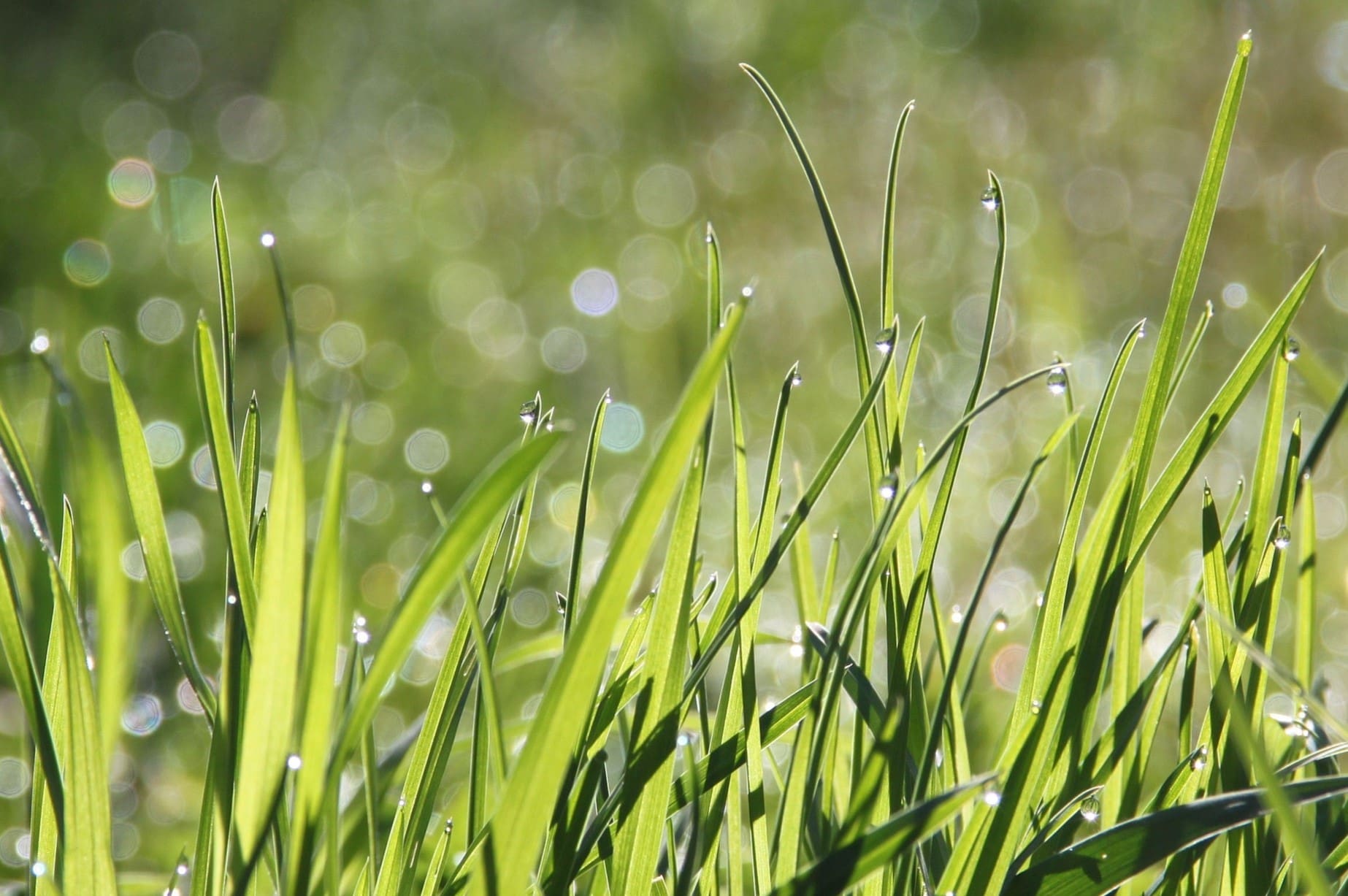
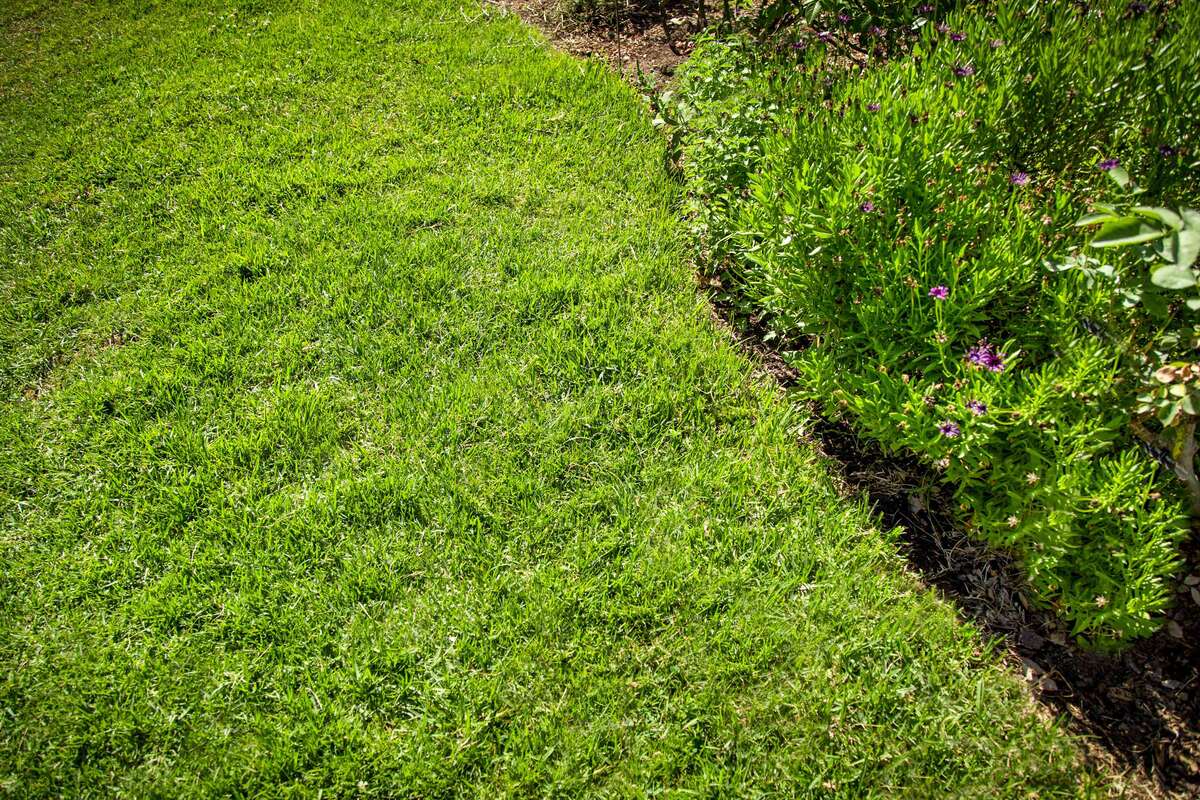
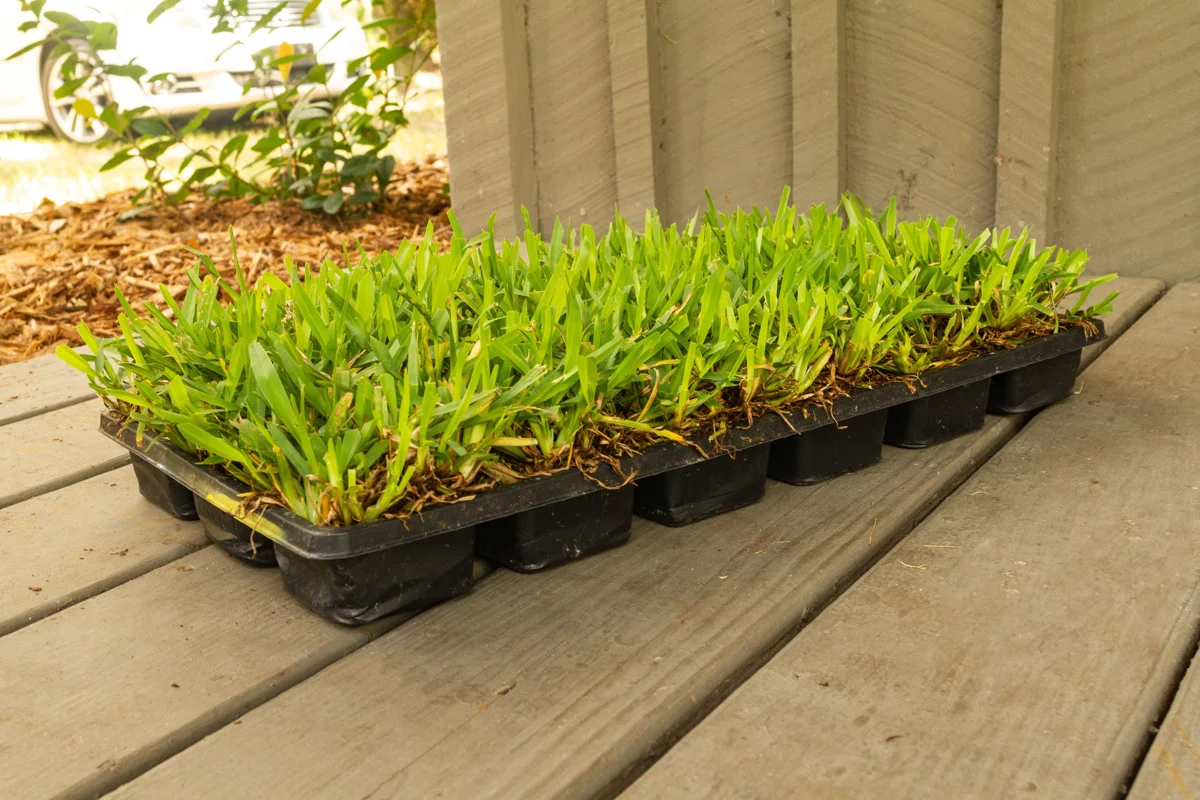
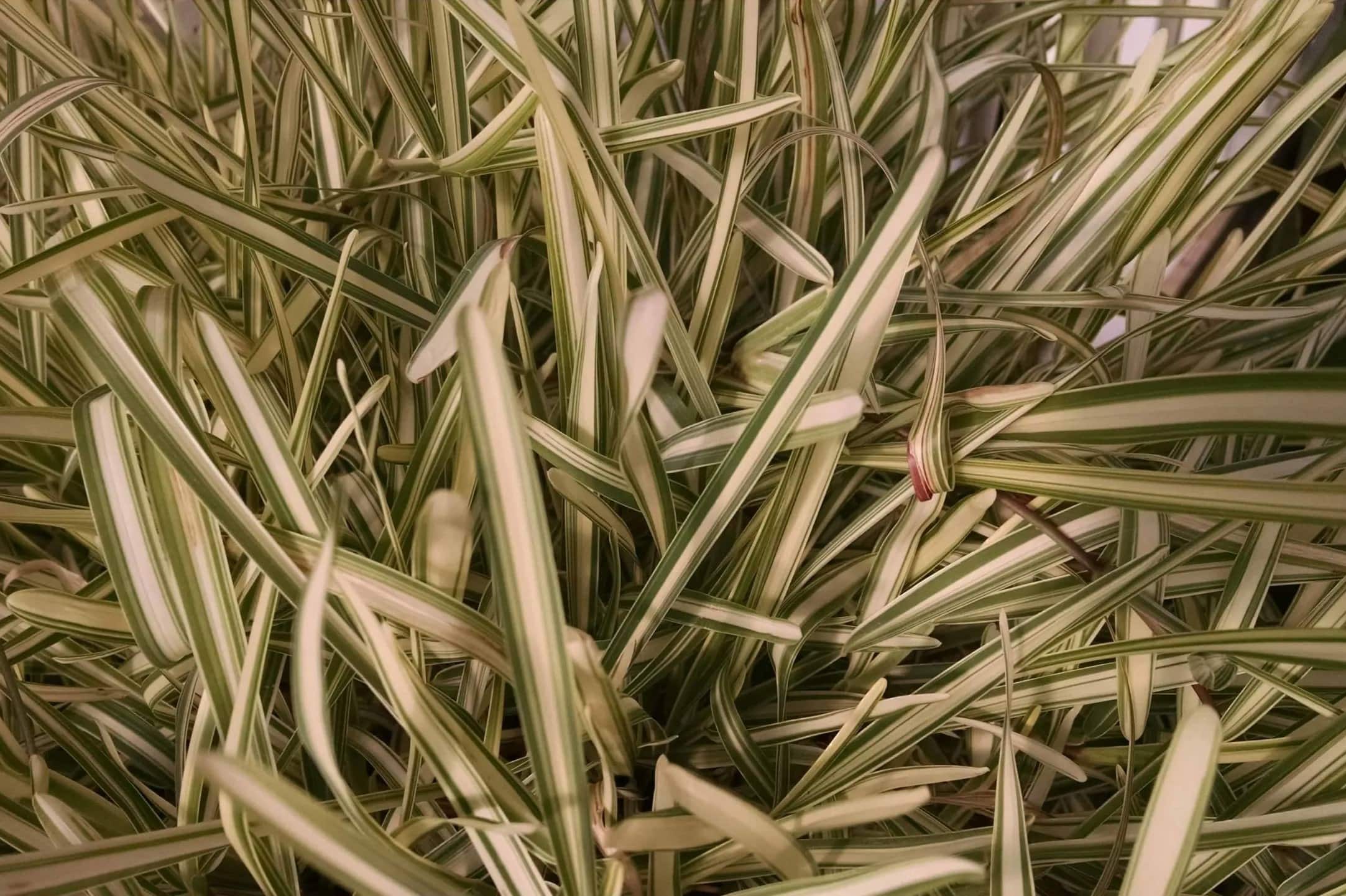
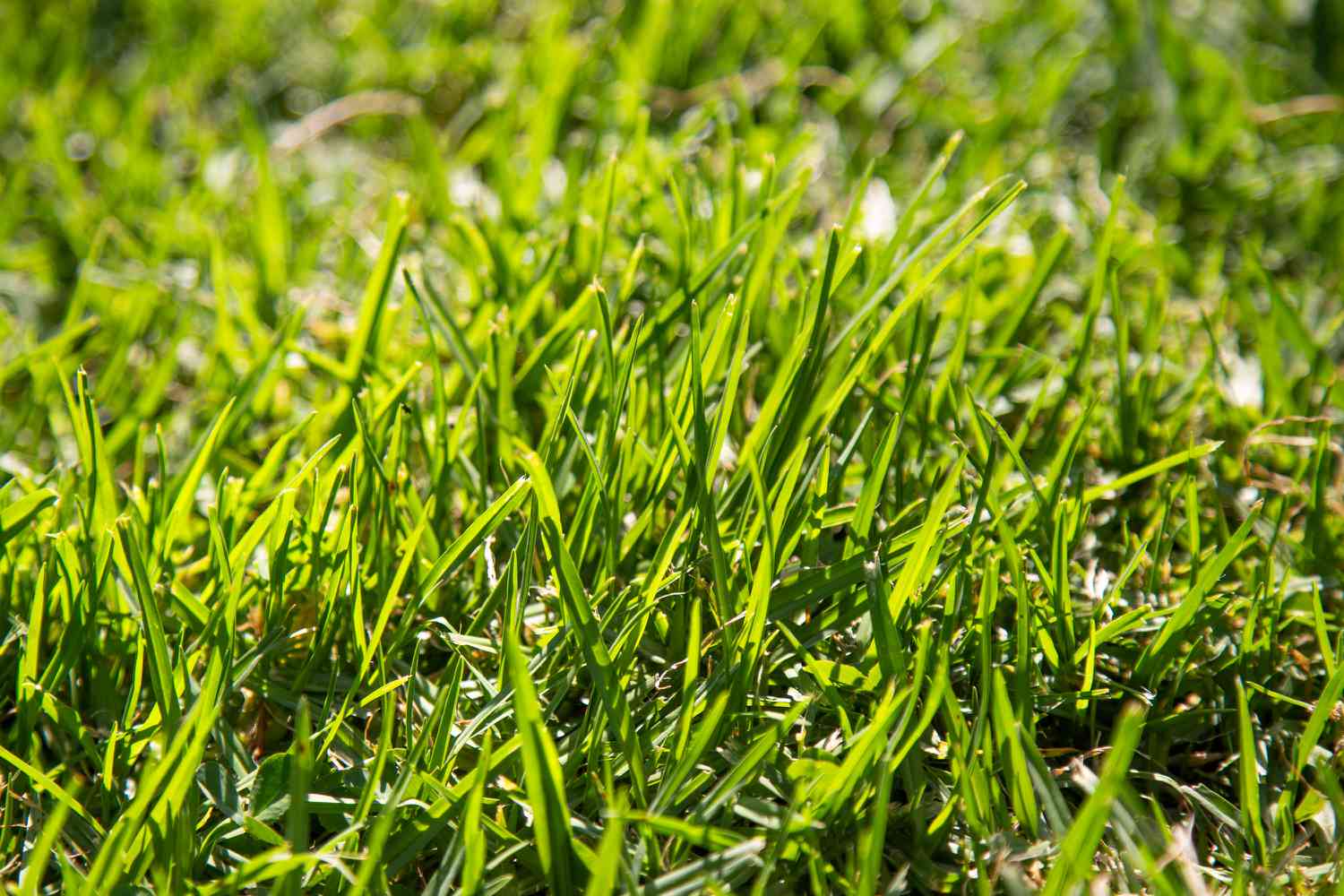
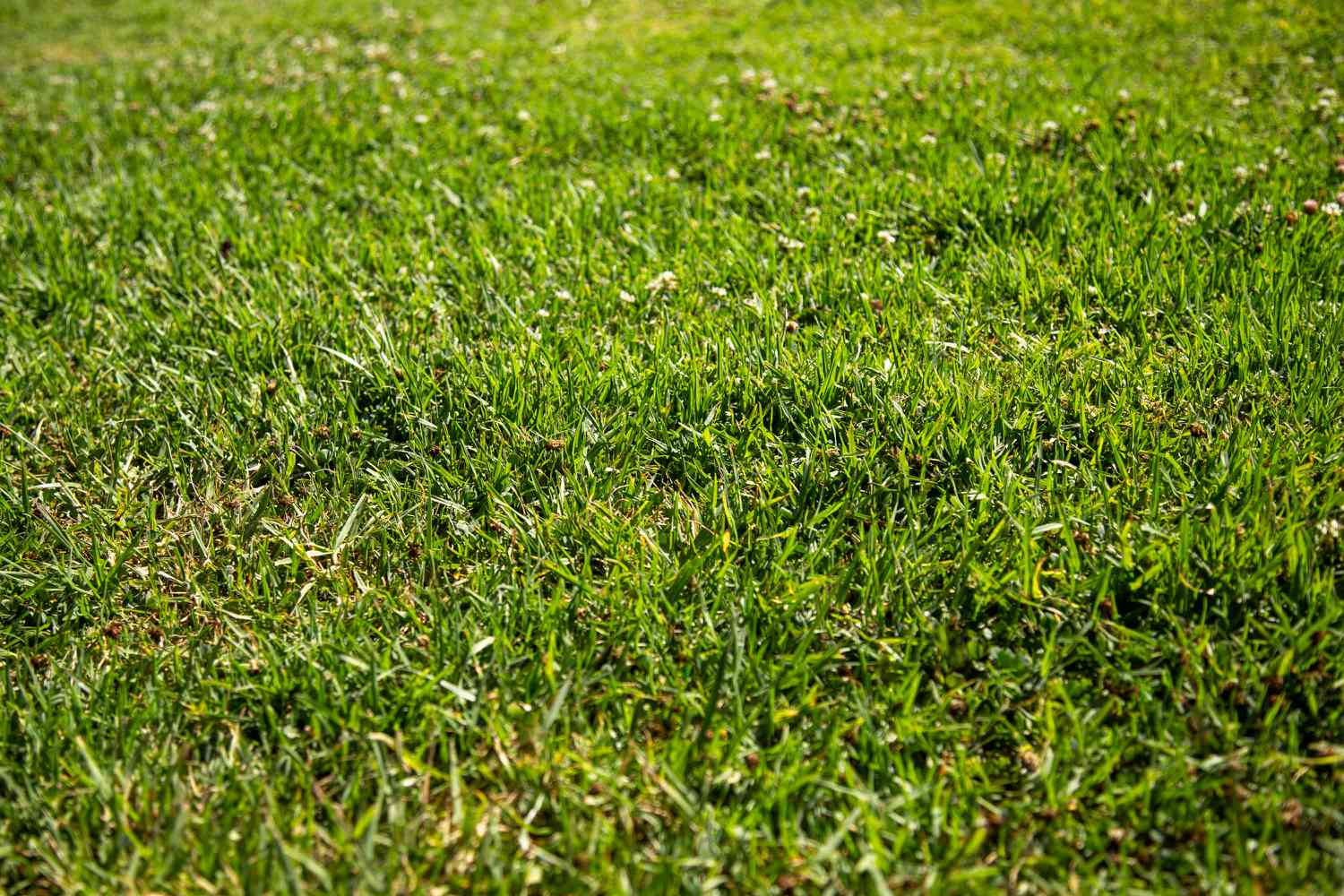
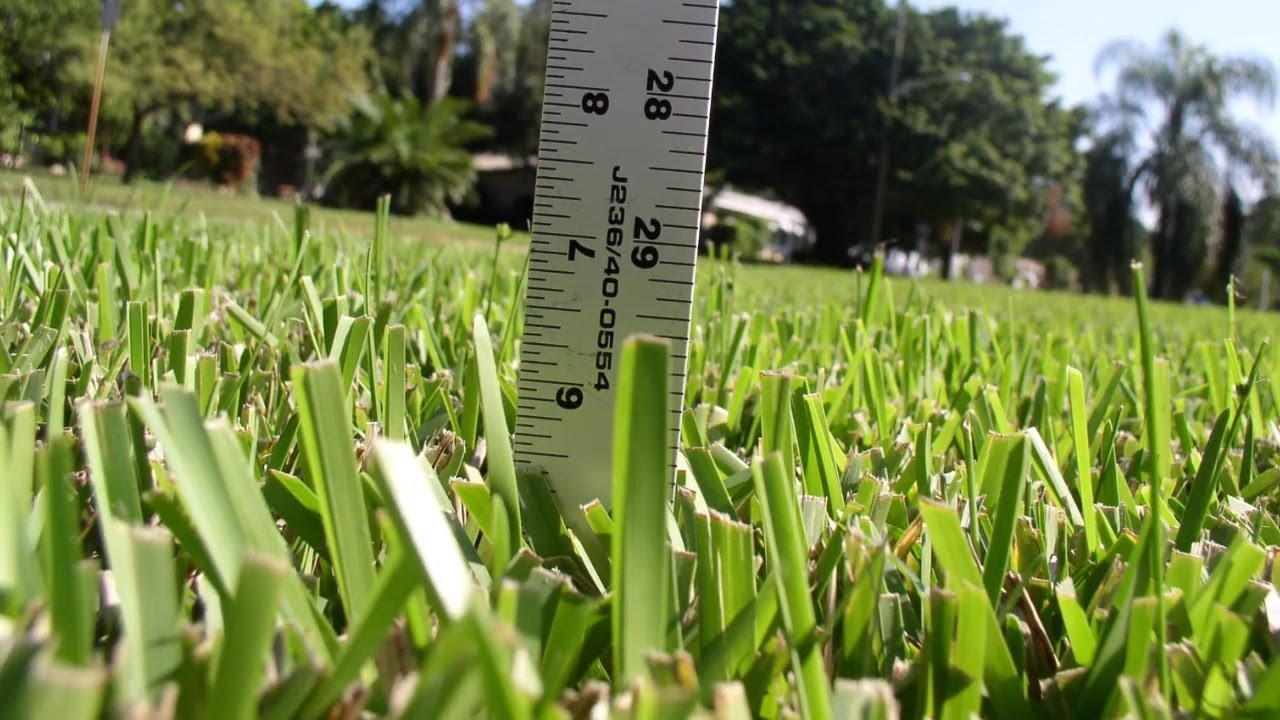
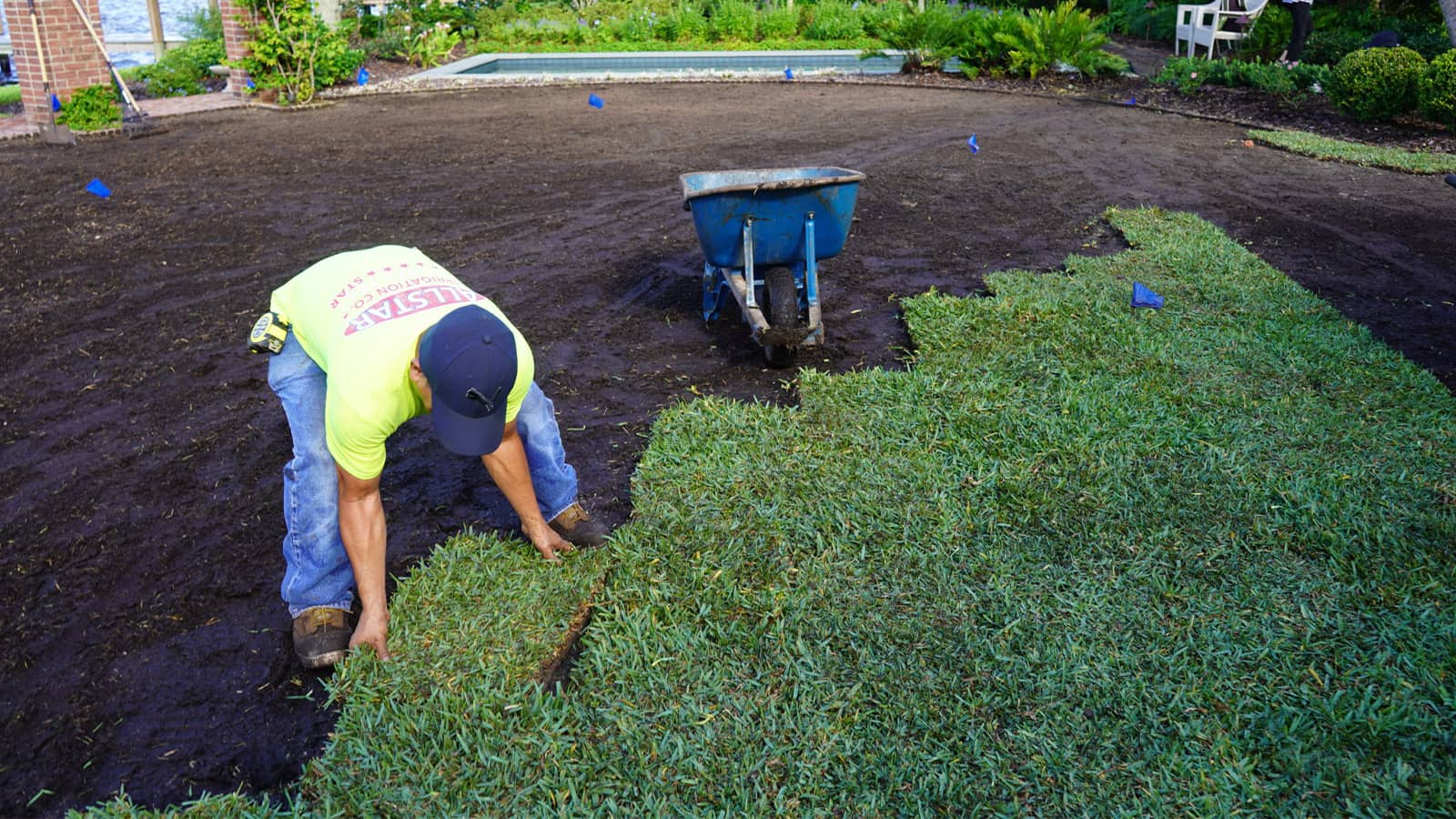
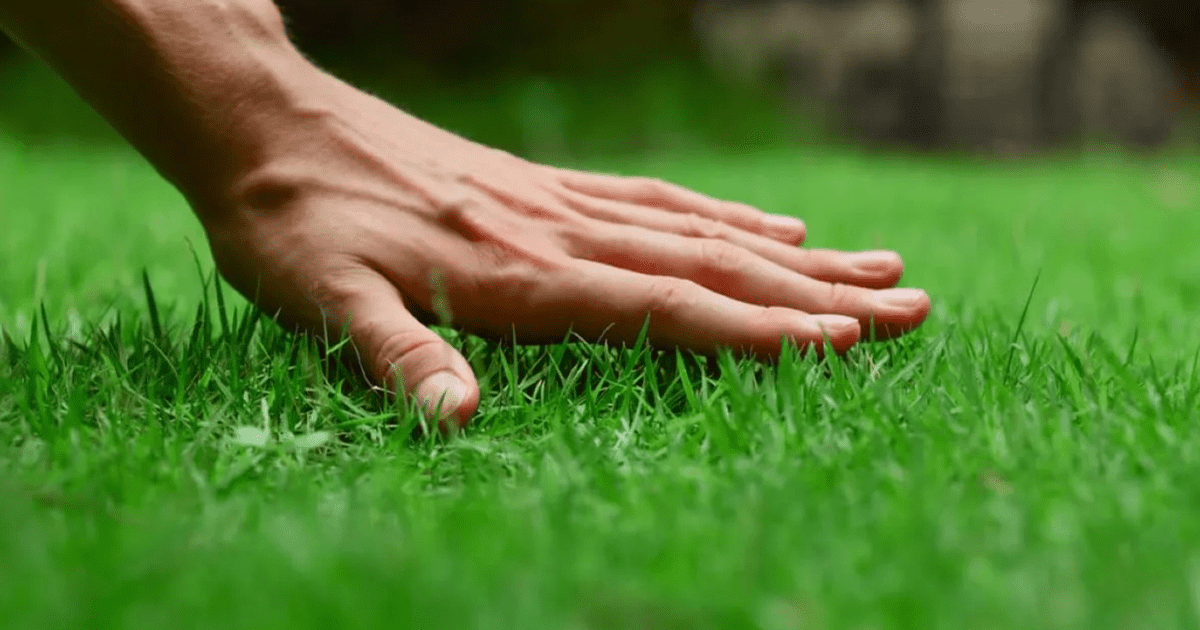
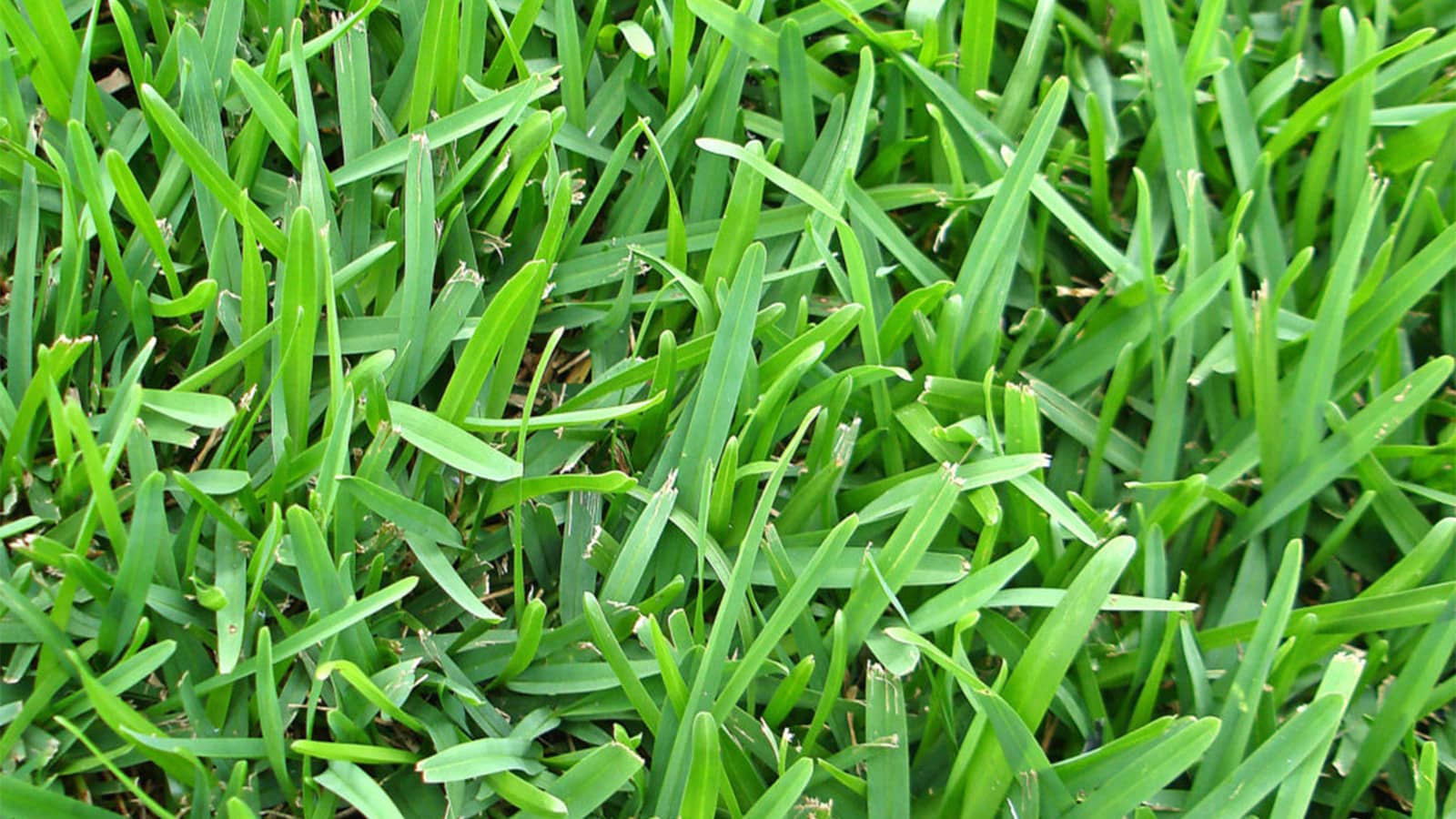
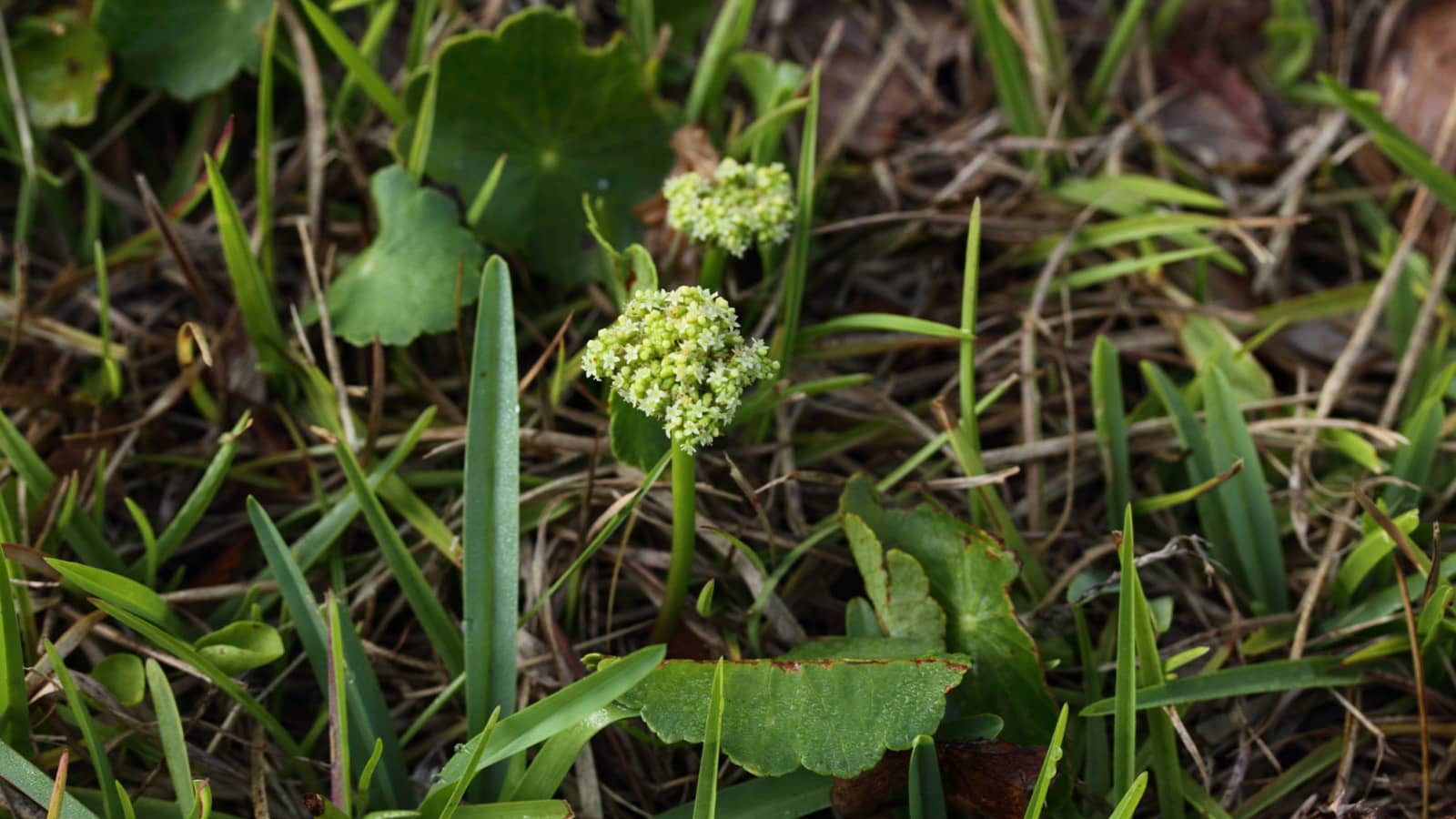
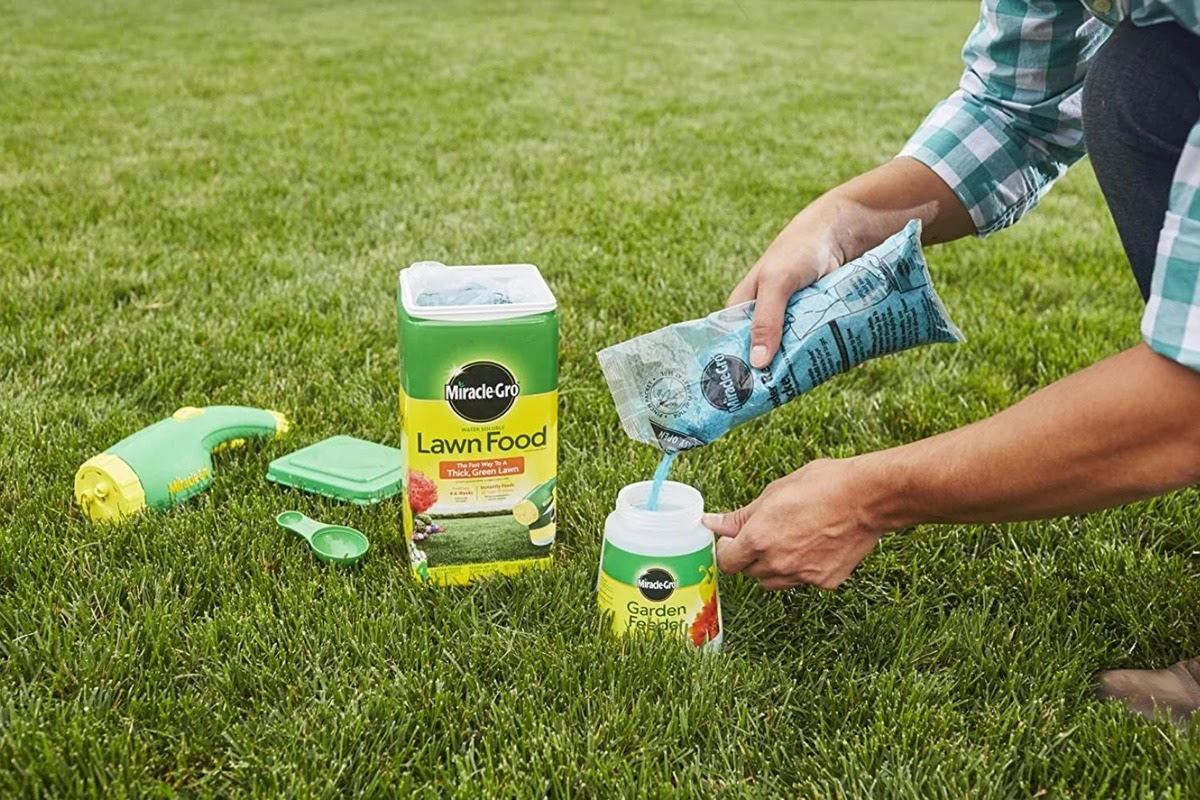
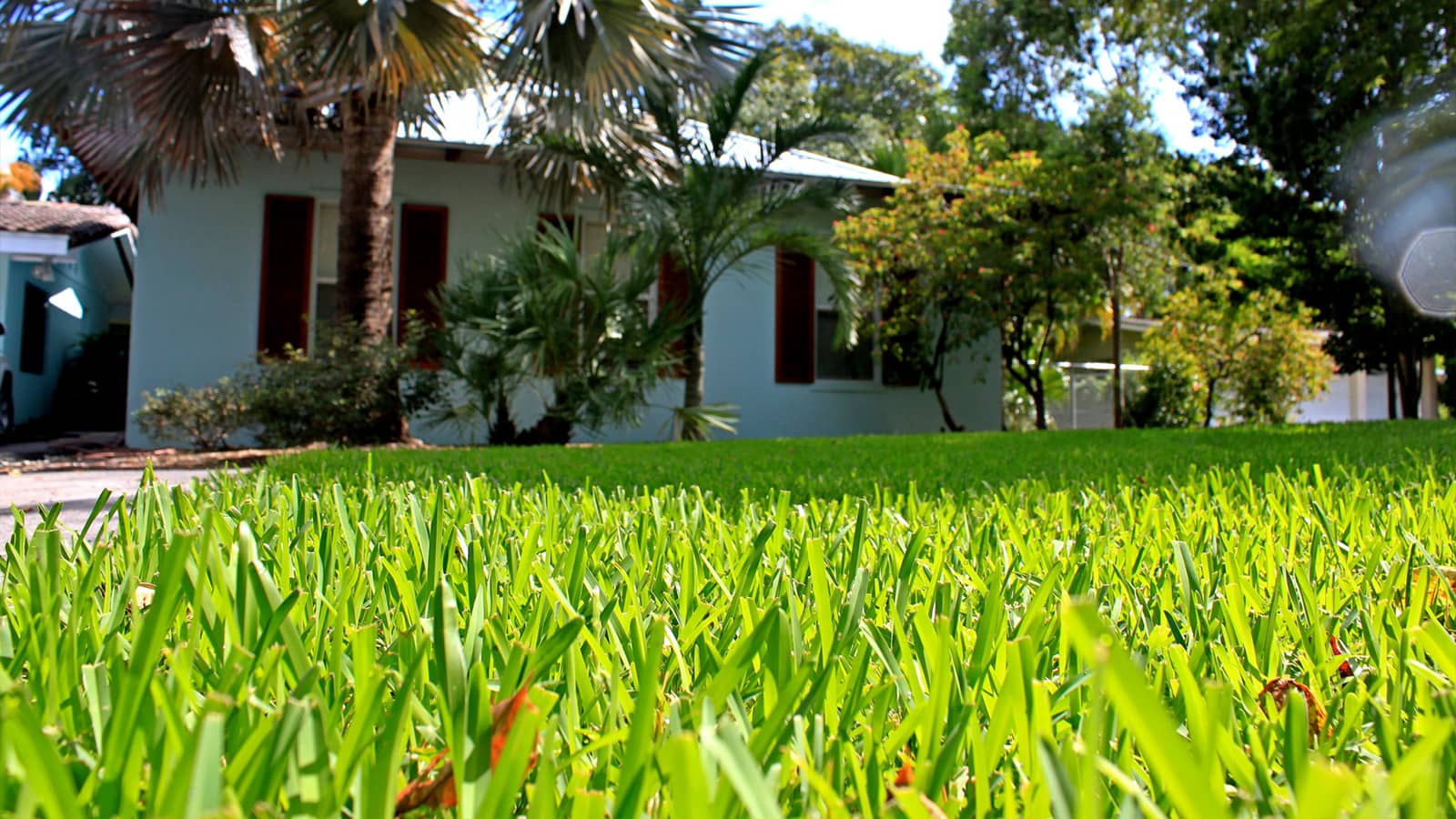

0 thoughts on “How To Seed St. Augustine Grass”